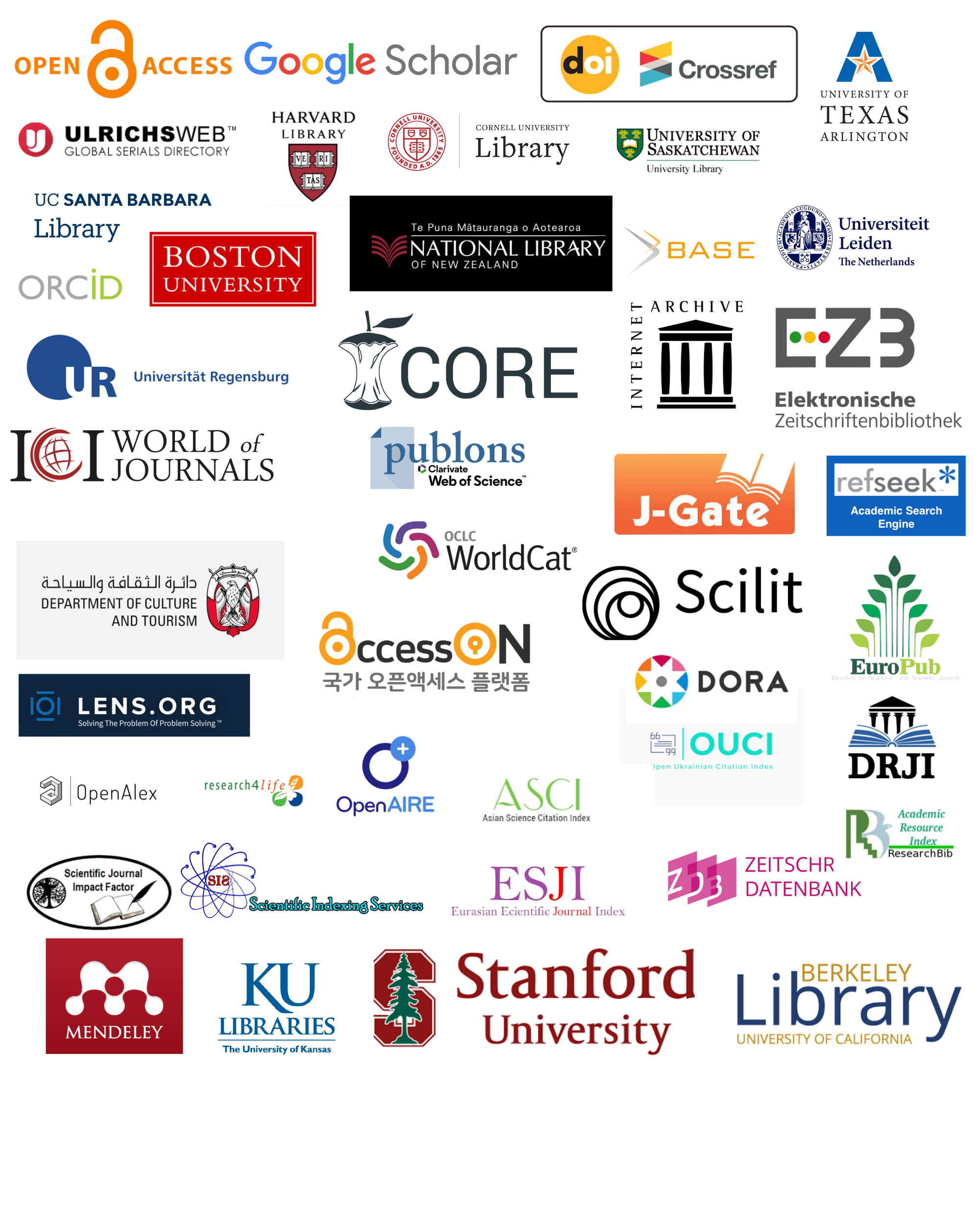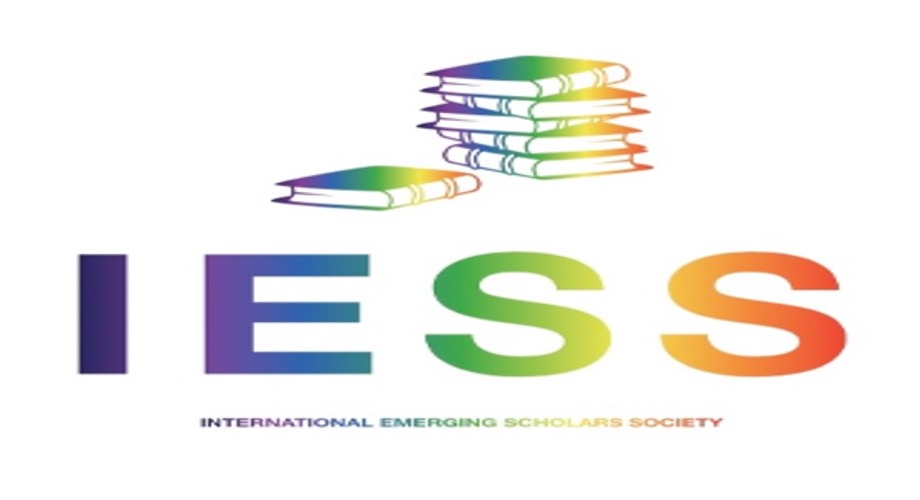Impact of online customer reviews on purchasing, repurchasing, and loyalty behaviours: A study on electronic products
DOI:
https://doi.org/10.56879/ijbm.v4i2.133Keywords:
eWOM; online customer reviews; customer purchase behaviour; customer repurchase behaviour; customer loyalty; customer purchase intention; electronic productsAbstract
Nowadays, customer reviews have a significant impact on customers' purchase intentions. Customer reviews are a key factor influencing purchase decisions, as they provide transparent insights into products and services. As part of eWOM, online customer reviews are positive, negative and neutral, and these factors influence buying behaviour in different ways. Satisfied customers always write positive reviews about the product, these reviews can increase the number of customers, which can increase the profit of marketers and also increase brand loyalty. For this study, electronic products were chosen to understand how online customer reviews affect their buying behaviour, repeat purchases, and loyalty. This study employed a quantitative research approach to examine the impact of online customer reviews. A self-administered questionnaire was used to collect primary data from 402 respondents in Turkey, all of whom had purchased electronic products online in past years. The survey consisted of four sections, covering demographic characteristics, online customer reviews, purchase behaviour, repurchase behaviour, and customer loyalty. A five-point Likert scale was used to assess consumer attitudes. The questionnaire, originally in English, was translated into Turkish for accessibility. Findings show that online customer reviews significantly influence purchasing, repurchasing, and loyalty behaviour. Positive reviews build trust and drive sales, while negative reviews reduce purchases. Businesses should manage reviews effectively to enhance brand reputation and customer loyalty.
Downloads
Published
Issue
Section
License
Copyright (c) 2025 Sabina Rahimova (Author)

This work is licensed under a Creative Commons Attribution 4.0 International License.


